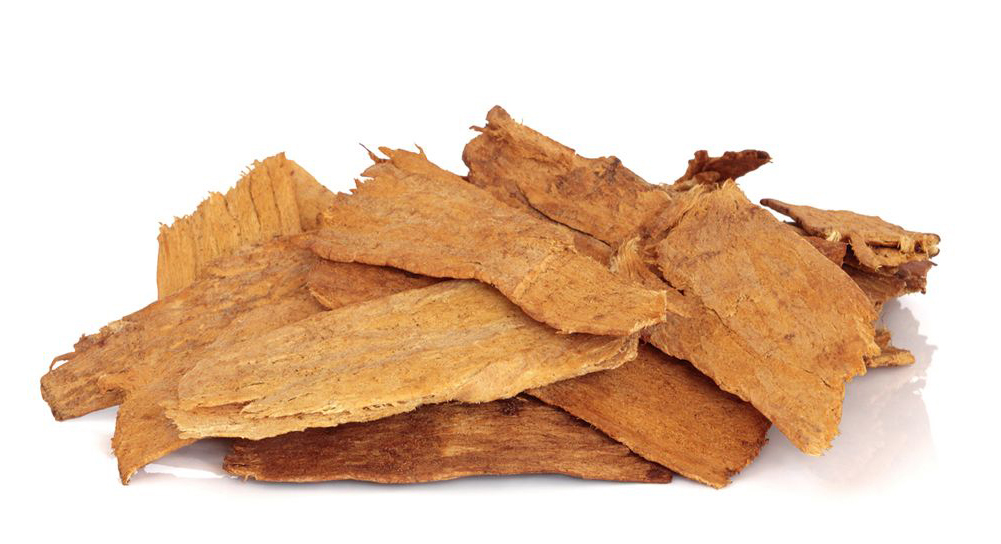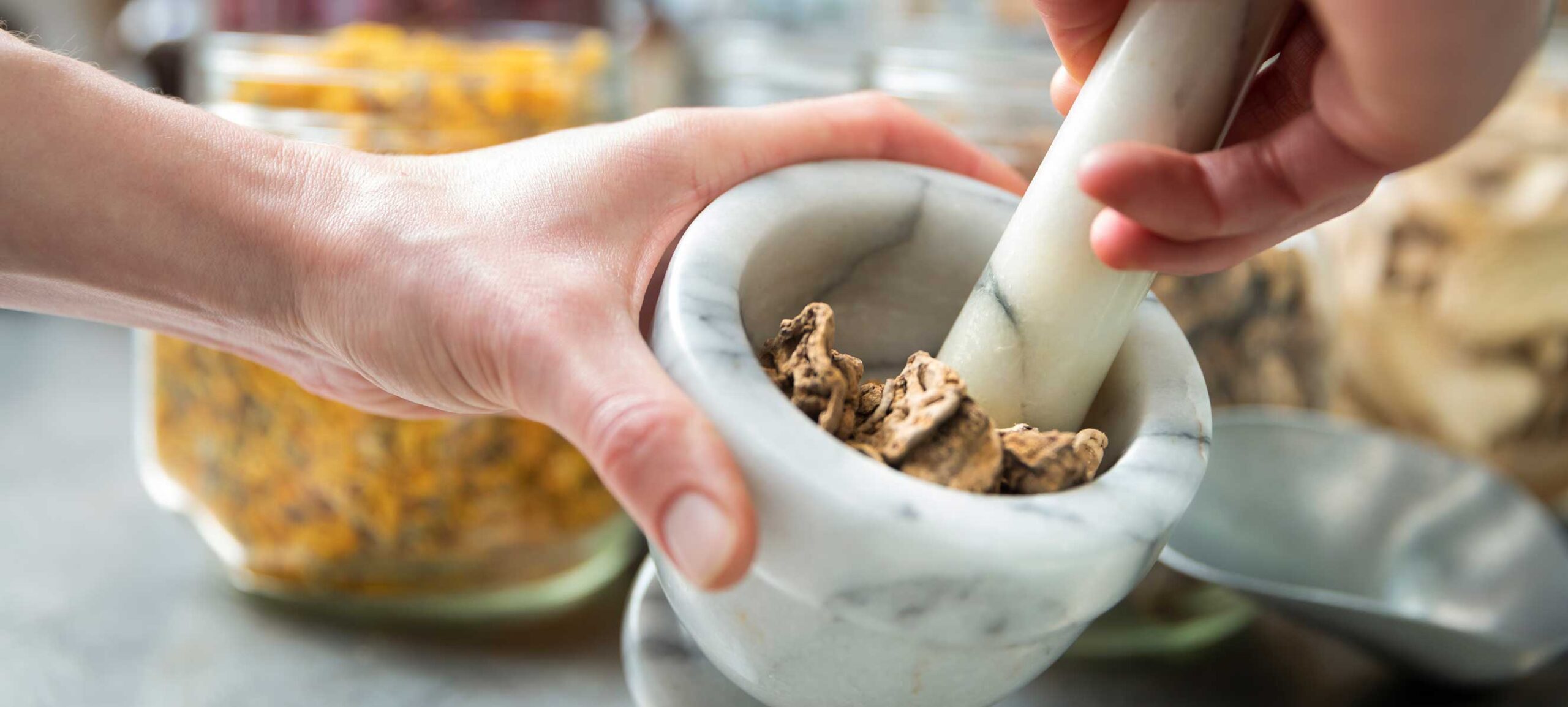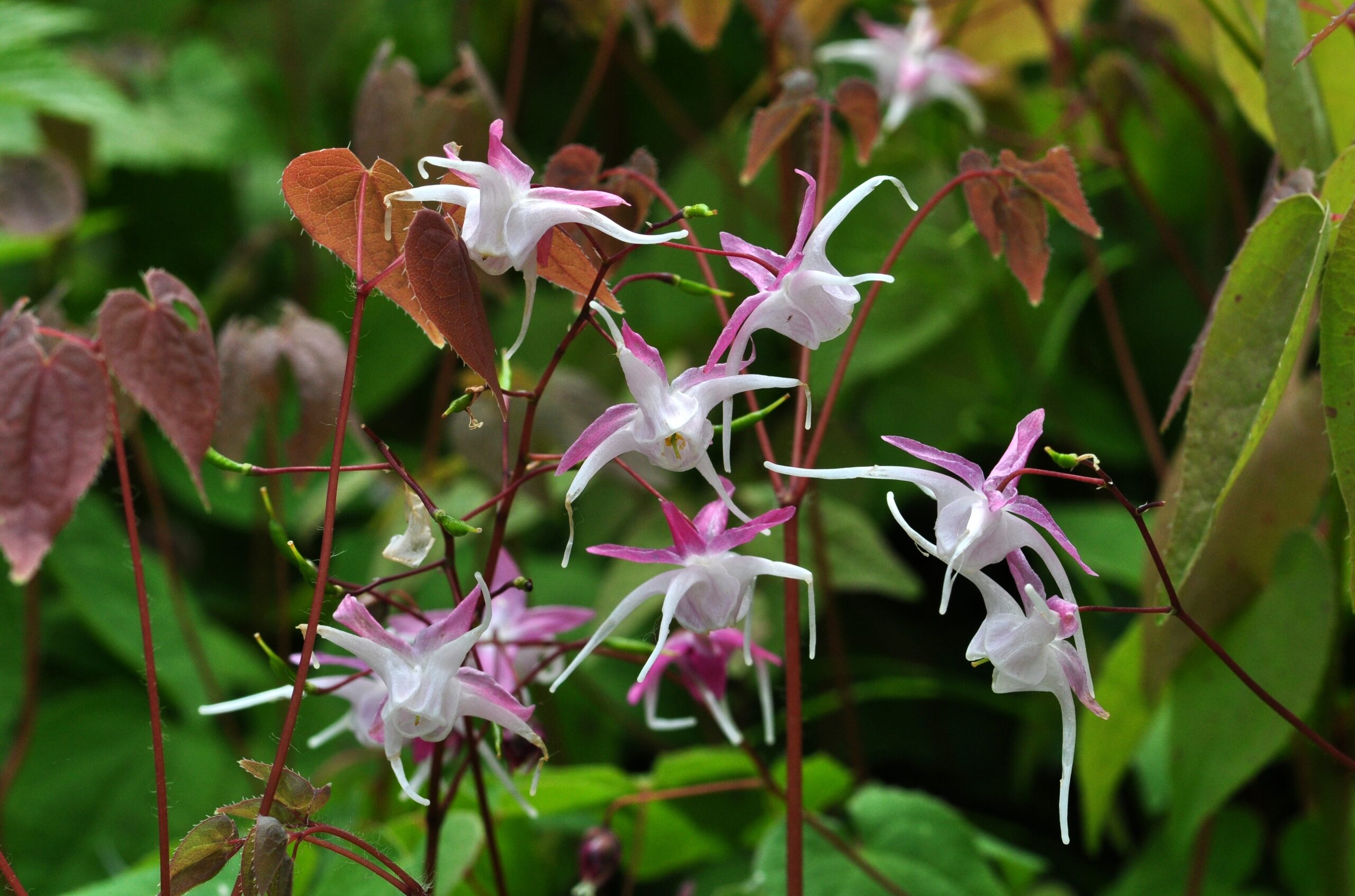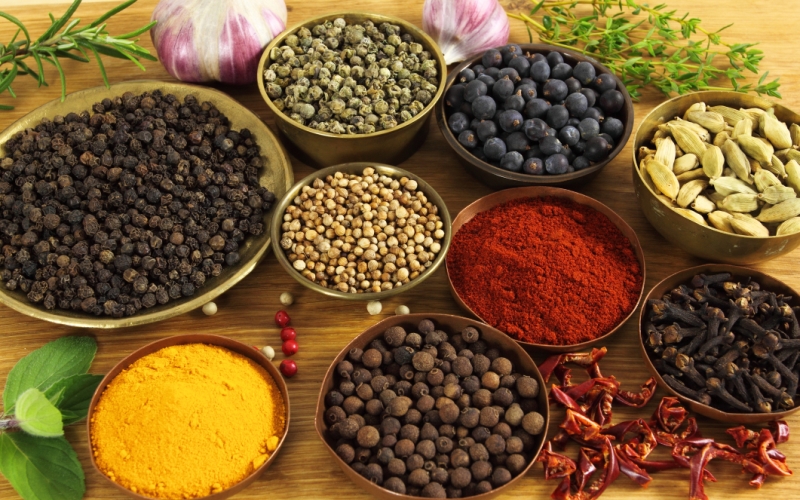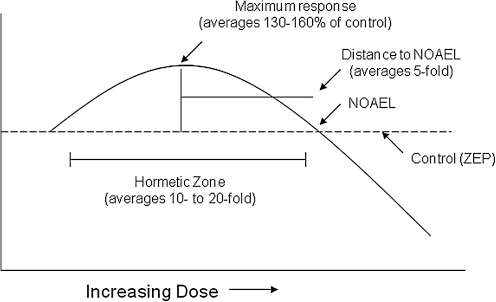Before I summarize several recent peer-reviewed scientific papers, I want to highlight a published paper that supports a theory I’ve had from the beginning of the pandemic. My theory, which is increasingly supported by research and observation, is that “frailty” is a much better prognostic factor than age for predicting COVID-19 survival.
For example, recent research from Karolinska Institute in Sweden shows that the degree of frailty, which is a measure of a person’s functional level before contracting the disease, can better predict COVID-19 survival than the patient’s age.[1] The analysis of 250 older adults with multiple morbidities who received care for COVID-19 at Karolinska University Hospital also shows that three out of four of these patients survived.
More than age, frailty was linked to an increased risk of death during the period of care. Frailty is a relatively new concept that is used as a tool to describe a patient’s functional level prior to an acute illness. A frailty score higher than five on the nine-point Clinical Frailty Scale was found to be a greater risk factor for increased mortality in COVID-19 patients than the patient’s age. For reference, a frailty score of six means that a patient needs help with all outside activities, housekeeping, and bathing.
The current model for medicine needs a total overhaul. Guideline-based medical approaches continue to be the standard rule in clinical practice, although only less than 15% of them are based on high-quality research. For each person who benefits from the 10 best-selling drugs in the USA, a number between 4 and 25 has no one beneficial effect.
The reductionist linear medicine method does not offer solutions in the non-manifest preclinical stage of the disease when it would still be possible to reverse the pathological progression and the axiom “a drug, a target, a symptom” are still inconclusive. We need additional tools to address these challenges.[2]
The Importance of “Nourishing the Roots”
As we age, we all need help with anabolic restoration. This means we need to strengthen and build the body (masculine energy), while at the same time nourishing fluidity and pliability (feminine energy). The next most important consideration is to assess nutritional biomarkers, including vitamin D, zinc, selenium, magnesium, iron, and other minerals and nutrients that tend to diminish with age. These nutrients are essential for optimal health, including immune system response.
I call this “Nourishing the Roots,” and it is the basis of Mederi Care. We accomplish this nourishment through botanical, nutritional, dietary, and life-style medicine designed to enhance energy transfer efficiency, adaptation, and protection. We believe in gentle, nourishing support before strong heroic topical medicine. We believe in first treating the whole person as ONE, and then addressing the specific parts as necessary.
Risks of Myocarditis, Pericarditis, and Cardiac Arrhythmias Associated with COVID-19 Vaccination or SARS-CoV-2 Infection
In my continuing research on the Covid-19 vaccines, I came across a study published in the December 2021 issue of Nature. The study was carried out by professors from multiple colleges, including the University of Oxford, which helped develop the AstraZeneca COVID-19 vaccine.
Researchers utilized data from the English National Immunization database, which includes information on all people vaccinated in England. The database featured information on 38.6 million people through Aug. 24, 2021.
The risk of myocarditis, a form of heart inflammation, was much higher following the second dose of the Moderna vaccine, but there were also eight excess cases per 1 million people following the first dose.
“Time to abandon the belief that COVID-19 myocarditis risk is always higher than mRNA vaccine myocarditis risk. For some individuals, myocarditis risks of the vaccine(s) are higher than those of the disease,” stated Euzebiusz Jamrozik, an infectious disease expert who works at the University of Oxford.
“The preliminary data showed that among those under 30, the myocarditis and pericarditis incidence was higher than expected,” said Dr. Hanna Nohynek, chief physician of the Finnish Institute for Health and Welfare’s Unit Infectious Diseases Control and Vaccines.[3]
COVID-19 Vaccines Increase Risk of Cardiac Arrest in Young People by 25 Percent According to New Published Study from Israel
You would think that the scientific community, public officials, and every media outlet in the world would be discussing a new peer-reviewed article entitled, “Increased emergency cardiovascular events among under 40 population in Israel during vaccine rollout and third COVID-19 wave.”[4] Why? Because the results of this study are alarming.
The medical researchers analyzed data collected by Israel’s National Emergency Medical Services between 2019 and 2021. They found that there was a greater than 25 percent increase in emergency calls for cardiac arrest and acute coronary syndrome—an umbrella term used for coronary problems associated with sudden-onset reduced blood flow to the heart, according to the Mayo Clinic—for young adults, ages 16 to 39 years old, compared to the same time period in both 2019 and 2020.
The researchers discovered that this increase in emergency heart issues was associated with the COVID-19 vaccination but not with COVID-19 infections.[5]
Qatar Omicron-Wave Study Shows Slow Decline of Natural Immunity, Rapid Decline of Vaccine Immunity
A recent Pfizer or Moderna mRNA-vaccine booster provided good but temporary protection against infection by the SARS-CoV-2 omicron variant, according to a study from researchers at Weill Cornell Medicine—Qatar.
In the study, published June 15, 2022 in the New England Journal of Medicine,[6] the researchers analyzed the omicron wave in Qatar last winter, comparing prior infections, vaccine immunity, and combinations thereof among more than 100,000 omicron-infected and non-infected individuals.
The analysis showed, as expected, that a full mRNA vaccination plus a booster dose, atop natural immunity due to infection by an earlier variant, was associated with the strongest protection from the omicron infection. However, vaccine immunity against new infection appeared to wane rapidly, whereas people with a prior-variant infection were moderately protected from omicron with little decline in protection even a year after their prior infection.
A key finding was that a history of vaccination with the standard two doses of either the Pfizer or Moderna mRNA vaccine, but no history of prior infection, brought no significant protection against symptomatic omicron infection. Having a booster dose appeared to be about 60 percent protective, though most boosters were received just weeks before the omicron wave. Overall, the analysis suggested—consistently with prior studies—that mRNA vaccines and boosters work fairly well in protecting against symptomatic omicron infection, though their protective effect wanes rapidly and disappears within six months or so.
For those with no history of vaccination, SARS-CoV-2 infection during a prior-variant wave appeared to provide about 50 percent protection against symptomatic infection during the omicron wave, and this “natural immunity” was associated with almost the same degree of protection even a year after infection.
The analysis distinguished between infections with two different sub-lineages of the omicron variant, BA.1 and BA.2, but found very similar results for both, as well as similar results for both Pfizer’s and Moderna’s vaccines.[7]
Pfizer COVID-19 Vaccine Temporarily Impairs Semen Concentration and Total Motile Count Among Semen Donors
Researchers analyzed 220 samples of semen from three sperm banks in Israel, drawn from men who had received two doses of the vaccine. The semen collection was scheduled seven days after receipt of the second dose.
The researchers, led by Dr. Itai Gat with the Sperm Bank and Andrology Unit at the Shamir Medical Center and Tel Aviv University’s Sackler Medical School, found that there was a decrease in sperm concentration between 75 and 120 days post-vaccination.
The decrease led to a reduction in the motile count, or the number of sperm. Follow up testing completed over 150 days after vaccination revealed “overall recovery,” with semen volume and sperm motility returning to normal levels, the researchers said.[8]
Mixed Results for Paxlovid in Standard Risk Patients with COVID-19
Findings were announced from a phase 2/3 study evaluating the efficacy and safety of Paxlovid™ (nirmatrelvir tablets co-packaged with ritonavir tablets) in patients with COVID-19 who are at standard risk of progressing to severe disease.[9] In an updated analysis of 1153 patients enrolled through December 2021, treatment with Paxlovid showed a nonsignificant 51% relative risk reduction in hospitalization or death. Among 721 vaccinated adults with at least 1 risk factor, treatment with Paxlovid showed a nonsignificant 57% relative risk reduction.
Relative risks are often reported in newspaper headlines, but without the context of absolute (or baseline) risk, this information is meaningless. Absolute risk numbers are needed to understand the implications of relative risks and how specific factors, or behaviors affect your likelihood of developing a disease or health condition.[10]
Warning of Paxlovid Rebound
The Centers for Disease Control and Prevention (CDC) is issuing this Health Alert Network (HAN) Health Advisory to update healthcare providers, public health departments, and the public on the potential for recurrence of COVID-19 or “COVID-19 rebound. COVID-19 rebound is characterized by a recurrence of symptoms or a new positive viral test after having tested negative.[11]
“Anecdotally, it seems like it’s happening more frequently than what was reported to clinical trials.” Boston Medical Center’s Dr. Sabrina Assoumou
Recent Increases in Other Viral Diseases
As the Covid-19 pandemic and resultant social restrictions have abated in much of the world, other viruses are rearing their heads in new and unusual ways.
Health experts say Covid-19 lockdowns and restrictions could have reduced exposure and lowered immunity to infectious diseases, making society more vulnerable to new outbreaks. Influenza, respiratory syncytial virus, adenovirus, tuberculosis and monkeypox are among a number of illnesses that have spiked and exhibited strange behaviors in recent months.[12]
How Secondary Compounds in Botanicals and Food Support our Health
The human immune system possesses a variety of innate receptors that recognize, distinguish, and respond to viral infections and to vaccination.[13] The immune system, like any other system of the body, needs to be exercised (stressed), in order to strengthen or maintain its efficacy. Without challenges, the immune system gets lazy, and is less able to effectively respond and recover from viral or other infections. This is fundamental to the important health promoting concept called hormesis.
There are complex feedback mechanisms within the body that preserve balance, and these are often misunderstood. For example, the popular belief that scavenging free radicals by antioxidants is beneficial is wishful thinking. Instead, there is continuous cross-talk and response mechanisms that act in a yin-yang fashion to preserve balance and tone that are supported by redox active nutritional phytonutrients in botanicals and healthy food.[14] These nonessential secondary nutritional compounds help to insure hormesis, which is globally protective, and contribute to health by favoring maintenance of optimal homeostasis/allostasis. This includes immune health status.
A major mechanism of action for secondary nutritional redox compounds is the paradoxical oxidative activation of the Nrf2 (NF-E2-related factor 2) signaling pathway, which maintains protective oxidoreductases and their nucleophilic substrates. This maintenance of “nucleophilic tone,” by a mechanism that can be called “para-hormesis,” provides a means for regulating physiological nontoxic concentrations of the nonradical oxidant electrophiles that boost antioxidant enzymes. This same mechanism is responsible for maintaining damage removal and repair systems (for proteins, lipids, and DNA), at the optimal levels consistent with good health.[15]
Adaptogenic Plants to the Rescue
The primary reason that I love working with adaptogenic botanicals is that they are aligned with the principal of Nourishing the Roots, which is fundamental to Mederi Medicine. Living organisms are, and need to be, continuously exposed to harmful chemical, pathogenic (viral), physical and biological stimuli that challenge cellular, tissue, organ, and organismal homeostasis. This is what creates strength and resiliency of the organism.
According to the concept of milieu intérieur proposed by Claude Bernard, ‘disease’ is a permanent alteration of homeostasis.[16] One important way of understanding the health benefits of adaptogenic herbs is that they expand the dynamic range of equilibrium in which the organism operates. When a system operates in a state of ‘dynamic equilibrium,’ there is a level of tension between opposing forces that is healthy, intentional, and designed to achieve maximum results.[17] It is most often when an organism is pushed outside of this range that disease can do harm.
Although more than 100 medicinal plants have been reported to have adaptogenic activity, only a few are considered to be primary adaptogens, which is the highest category of botanicals. These plants are those that nourish the organism and provide support for adapting to the stressors of life. The following are a few well-researched primary adaptogens, and are among my favorites:
- Eleutherococcus senticosus
- Panax ginseng spp.
- Rhodiola rosea
- Schisandra chinensis
- Withania somnifera
- Glycyrrhiza spp. (in small amounts within a formula, acts to harmonize)
Adopting a phased immunophysiological approach to viral infection, adaptogens exert multitarget effects on the neuroendocrine-immune system by triggering adaptive stress responses, and have a place in prevention, infection, escalating inflammation and recovery.[18]
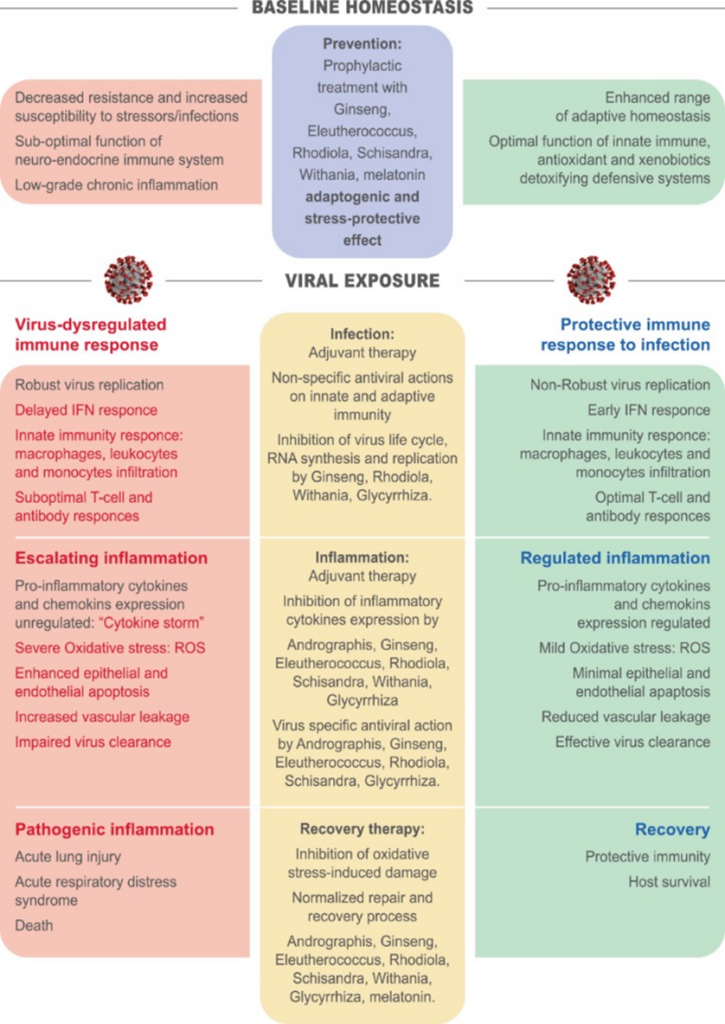
Instead of relying only on vaccinations and pharmaceutical medicines, I believe that to be healthy in our world today, we should consider adaptogens as a primary tool for nourishing the roots of the ‘Life-Force’ and strengthening our innate immunity and adaptability.
Adaptogens have the potential to mitigate stress and can assist in healthy aging by enhancing the ‘whole.’ This means working in a non-specific way through supporting the complex relationships of interconnected networks.[20] Specific combinations of natural compounds (or herbal extracts) synergistically enhance multiple elements of molecular networks.[21] This is beneficial for everyone, but is especially important for elderly people to support health maintenance, improve quality of life, and even increase longevity—all with the goal of thriving.
References
[1] Sara Hägg et al. Age, frailty and comorbidity as prognostic factors for short-term outcomes in patients with COVID-19 in geriatric care, Journal of the American Medical Directors Association (2020). DOI: 10.1016/j.jamda.2020.08.014
[2] Fioranelli M, Sepehri A, Roccia MG, Linda C, Rossi C, Dawodo A, Vojvodic P, Lotti J, Barygina V, Vojvodic A, Wollina U, Tirant M, Van TN, Lotti T. Clinical Applications of System Regulation Medicine. Open Access Maced J Med Sci. 2019 Sep 14;7(18):3053-3060. doi: 10.3889/oamjms.2019.775. PMID: 31850122; PMCID: PMC6910802.
[3] Patone, M., Mei, X.W., Handunnetthi, L. et al. Risks of myocarditis, pericarditis, and cardiac arrhythmias associated with COVID-19 vaccination or SARS-CoV-2 infection. Nat Med 28, 410–422 (2022). https://doi.org/10.1038/s41591-021-01630-0
[4] Sun, C.L.F., Jaffe, E. & Levi, R. Increased emergency cardiovascular events among under-40 population in Israel during vaccine rollout and third COVID-19 wave. Sci Rep 12, 6978 (2022). https://doi.org/10.1038/s41598-022-10928-z;
[5] JENNIFER MARGULIS AND JOE WANG, MAY 4, 2022, EPOCH TIMES, https://www.theepochtimes.com/new-peer-reviewed-study-covid-19-vaccines-increase-risk-of-cardiac-arrest-in-young-people_4445569.html
[6] Heba N. Altarawneh, M.D., Hiam Chemaitelly, Ph.D., Houssein H. Ayoub, Ph.D., Patrick Tang, M.D., Ph.D., Mohammad R. Hasan, Ph.D., Hadi M. Yassine, Ph.D., Hebah A. Al-Khatib, Ph.D., Maria K. Smatti, M.Sc., Peter Coyle, M.D., Zaina Al-Kanaani, Ph.D., Einas Al-Kuwari, M.D., Andrew Jeremijenko, M.D., et al. Effects of Previous Infection and Vaccination on Symptomatic Omicron Infections, New England Journal of Medicine, June 15, 2022, DOI: 10.1056/NEJMoa2203965
[7] Heba N. Altarawneh, M.D., Hiam Chemaitelly, Ph.D., Houssein H. Ayoub, Ph.D., Patrick Tang, M.D., Ph.D., Mohammad R. Hasan, Ph.D., Hadi M. Yassine, Ph.D., Hebah A. Al-Khatib, Ph.D., Maria K. Smatti, M.Sc., Peter Coyle, M.D., Zaina Al-Kanaani, Ph.D., Einas Al-Kuwari, M.D., Andrew Jeremijenko, M.D., et al. Effects of Previous Infection and Vaccination on Symptomatic Omicron Infections, New England Journal of Medicine, June 15, 2022
DOI: 10.1056/NEJMoa2203965
[8] Gat I, Kedem A, Dviri M, Umanski A, Levi M, Hourvitz A, Baum M. Covid-19 vaccination BNT162b2 temporarily impairs semen concentration and total motile count among semen donors. Andrology. 2022 Jun 17. doi: 10.1111/andr.13209; Epoch Times, June 22, 2022, https://www.theepochtimes.com/pfizer-covid-19-vaccine-impacts-semen-study_4548331.html?utm_source=Goodevening&utm_campaign=gv-2022-06-21&utm_medium=email&est=hdyyi4ATadjQ4n1L%2FiONubF5SMjN52R4n%2FIsXI%2FnH2Ov02lKbCSSRQhn3c2YEqouDasd5Bzz1w%3D%3D
[9] Pfizer reports additional data on Paxlovid™ supporting upcoming New Drug Application submission to US FDA. News release. Pfizer Inc. June 14, 2022. Accessed June 15, 2022. https://www.businesswire.com/news/home/20220613005755/en/Pfizer-Reports-Additional-Data-on-PAXLOVID%E2%84%A2-Supporting-Upcoming-New-Drug-Application-Submission-to-U.S.-FDA
[10] Absolute Risk vs. Relative Risk: What’s the difference?, Food Facts for Healthy Choices, March 1st, 2017, https://www.eufic.org/en/understanding-science/article/absolute-vs.-relative-risk-infographic downloaded 8-2-2022
[11] https://emergency.cdc.gov/han/2022/han00467.asp
[12] PUBLISHED FRI, JUN 10 20221:16 AM EDTUPDATED MON, JUN 13 20224:39 AM EDT, https://www.cnbc.com/2022/06/10/flu-hepatitis-monkeypox-diseases-suppressed-during-covid-are-back.html
[13] Aoshi T, Koyama S, Kobiyama K, Akira S, Ishii KJ. Innate and adaptive immune responses to viral infection and vaccination. Curr Opin Virol. 2011 Oct;1(4):226-32. doi: 10.1016/j.coviro.2011.07.002. Epub 2011 Jul 30.
[14] Ursini F, Maiorino M, Forman HJ. Redox homeostasis: The Golden Mean of healthy living. Redox Biol. 2016 Aug;8:205-15. doi: 10.1016/j.redox.2016.01.010. Epub 2016 Jan 19.
[15] Forman HJ, Davies KJ, Ursini F. How do nutritional antioxidants really work: nucleophilic tone and para-hormesis versus free radical scavenging in vivo. Free Radic Biol Med. 2014 Jan;66:24-35. doi: 10.1016/j.freeradbiomed.2013.05.045. Epub 2013 Jun 6. Erratum in: Free Radic Biol Med. 2014 Sep;74:307.
[16] Bernard C. Introduction à l’étude de la médecine expérimentale (Paris 1865); English translation. Macmillan & Co., Ltd; 1927. reprinted in 1949.
[17] James McKinlay, Vicki Williamson, Systems thinking simplified – four primary concepts, in The Art of People Management in Libraries, 2010, https://www.sciencedirect.com/topics/computer-science/dynamic-equilibrium
[18] Yanuck,S.F.P.;Messier,H.J.;Fitzgerald,K.N.EvidenceSupportingaPhasedImmuno-physiologicalApproach to COVID-19 from Prevention through Recovery. Integr. Med. 2020, 19, 8–35.
[19] Panossian, Alexander, and Thomas Brendler. “The Role of Adaptogens in Prophylaxis and Treatment of Viral Respiratory Infections.” Pharmaceuticals (Basel, Switzerland) vol. 13,9 236. 8 Sep. 2020, doi:10.3390/ph13090236
[20] Panossian, Alexander, and Georg Wikman. “Effects of Adaptogens on the Central Nervous System and the Molecular Mechanisms Associated with Their Stress-Protective Activity.” Pharmaceuticals (Basel, Switzerland) vol. 3,1 188-224. 19 Jan. 2010, doi:10.3390/ph3010188
[21] Efferth, T.; Koch, E. Complex Interactions between Phytochemicals. The Multi-Target Therapeutic Concept of Phytotherapy. Curr. Drug Targets 2011, 12, 122–132.











